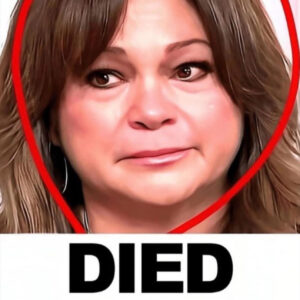Ever noticed those bright blue veins standing out on the backs of your hands and found yourself wondering if it’s completely normal — or something more serious? You’re not alone in thinking that, and the truth is a little more complex than you might expect.
These veins aren’t just random lines — they’re part of a vast network of superficial veins that rest just beneath the surface of your skin. And while they can be a completely normal feature of your anatomy, especially for certain body types, in some cases, they could be trying to tell you something important about your health.
For people with fair or thin skin, these veins often appear more prominently. That’s because there’s simply less tissue covering them. As we age, our skin naturally thins, which makes these veins even more noticeable — a common occurrence in older adults. But prominent blue veins aren’t limited to age. If you’re very lean or spend a lot of time in the gym, you’ve probably seen your veins “pop” after a good workout. That’s because increased muscle activity pushes veins closer to the skin, giving them that bulging look.
Athletes, weightlifters, and even pregnant women often experience this due to increased blood flow and pressure in the circulatory system.Still, it’s not always just about aesthetics. In some cases, bulging or blue veins may be an early sign of varicose veins. These occur when veins become stretched and weakened, causing them to twist and enlarge. On your hands, they might look like thick, rope-like lines snaking across your skin. While often harmless, they can sometimes cause discomfort or be a sign of underlying issues.
It’s especially important to take note if your veins begin to ache, feel warm, or appear red and swollen. These could be signs of a blood clot or a more serious vascular problem, like deep vein thrombosis (DVT) or a pulmonary embolism — both of which can become life-threatening if left untreated.
So how can you keep your veins healthy and reduce your risk? Stay active. Movement is key to good circulation. Even short walks help keep blood flowing. Watch your weight. Less pressure on your veins reduces the chance of them weakening. Take breaks. If you sit or stand for long periods, stretch and change positions regularly. Avoid tight clothing. Anything that restricts circulation — especially around the waist, thighs, or arms — can contribute to vein problems. Quit smoking. It damages blood vessels and impairs healthy circulation. If varicose veins or vein pain is causing you concern, you have options. Treatments range from lifestyle adjustments to medical interventions like compression therapy, sclerotherapy, or vein surgery. But the first and most important step is having a conversation with your doctor if something doesn’t feel right.

